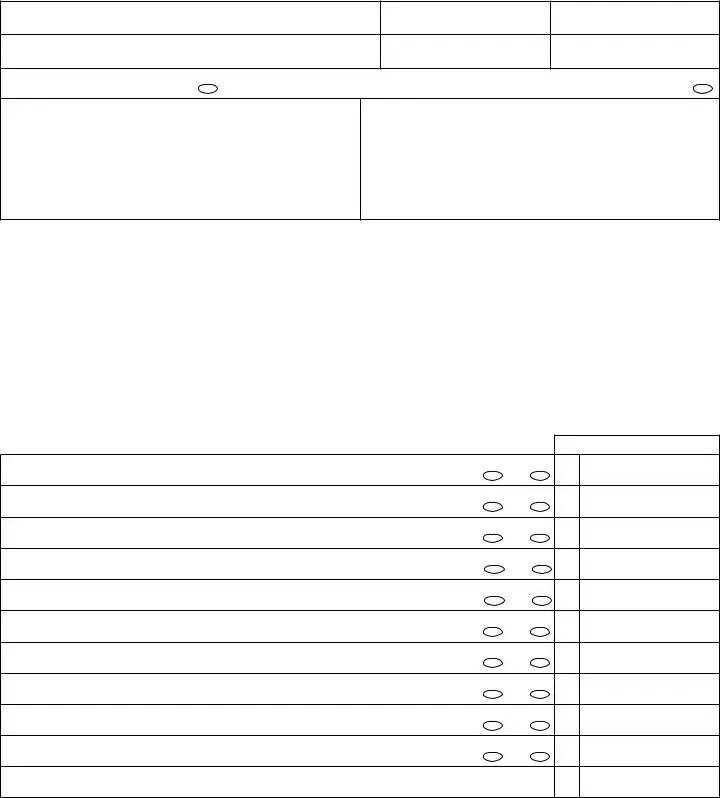What is the purpose of the West Virginia Estate Appraisement and Nonprobate Inventory Forms?
These forms are utilized for settling the estate of a decedent (person who has passed away) in West Virginia. They are required to appraise and inventory the estate's assets, including real estate and personal property, whether it's subject to probate or not. The process ensures the decedent's debts are paid and the remaining property is distributed according to the law or the decedent's will.
Who needs to file these forms in West Virginia?
Anyone appointed as an executor or administrator of a decedent's estate must complete and file these forms. This includes cases where the individual passed away with a will (testate) or without a will (intestate). The aim is to make a comprehensive list of the estate's assets and their fair market value for proper administration and tax purposes.
What is the deadline for filing the West Virginia Estate Appraisement and Nonprobate Inventory Forms?
The executor or administrator of the estate must submit these forms within 90 days of their official appointment as the fiduciary of the estate. This deadline helps to expedite the estate settlement process and ensures timely distribution of the assets to the heirs and beneficiaries.
What is the difference between probate and nonprobate property?
Probate property includes assets that were solely in the decedent's name and require formal administration to transfer ownership. Nonprobate property bypasses the probate process and transfers directly to the designated beneficiaries. Examples include joint property with the right of survivorship, life insurance policies with named beneficiaries, and assets held in a trust.
Where do I file the completed forms?
In West Virginia, the completed forms must be submitted to the office of the Clerk of the County Commission in the county where the decedent was domiciled (their legal residence) at the time of death. If real estate is located in more than one county, additional steps may be necessary to address assets in those areas.
Is there a penalty for filing the forms late?
While specific penalties are not detailed in the summary provided, late filings can delay the estate settlement process. This can result in additional interest on unpaid estate debts and potentially impact the timely distribution of assets to heirs and beneficiaries. It's essential to adhere to the 90-day filing requirement to avoid such complications.
Can I complete the forms myself, or do I need an attorney?
The forms are designed to be completed by the executor or administrator. However, due to the complexities of estate law and taxation, it may be advisable to consult with an attorney, accountant, or trust officer, especially for larger or more complicated estates. This professional advice can ensure that the estate is settled correctly and in compliance with West Virginia laws.
What happens after I submit the forms?
After submission, the forms will be reviewed by the County Clerk's office or a Fiduciary Supervisor, if designated. The information will be used to process the appraisement, determine any applicable estate taxes, and facilitate the orderly distribution of the estate's assets. The executor or administrator may be contacted if additional information or corrections are needed.
Are these forms part of the public record?
Yes, the Appraisement Form (ET 6.01), along with its attachments, is recorded by the County Clerk and becomes part of the public record. This allows interested parties to inspect the estate's appraised assets. The Nonprobate Inventory Form (ET 6.02), however, is submitted to the Clerk but is not recorded, maintaining some level of privacy for the nonprobate assets.





 Attorney
Attorney 




 Attorney
Attorney 